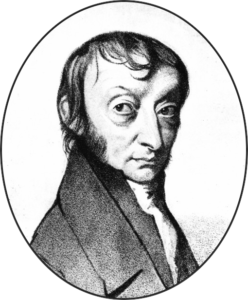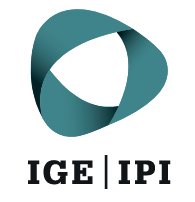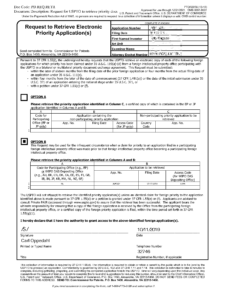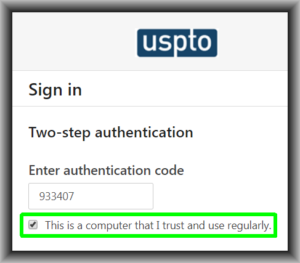Yesterday I blogged about the fact that Europe and US do their daylight saving time changes on different weekends: E-filing at WIPO – you get an extra hour. This prompted Ann Bardini of WIPO to write to me to offer a reminder of some of the features of ePCT that help users to keep track of when midnight is coming and when a filer’s last possible filing date is imminent. With her permission I have more or less converted her email message into the following guest blog posting. Continue reading “Time zones and ePCT”
e-filing at WIPO – you get an extra hour
It’s that time of year again. People in the US who sometimes e-file stuff at the International Bureau at WIPO will have memorized exactly what the local time is that works out to being midnight in Switzerland … and for the next week, the answer to this question will be different from the usual answer. Continue reading “e-filing at WIPO – you get an extra hour”
Tomorrow is Mole Day
 I trust that readers of this blog who are chemistry enthusiasts are paying attention to the fact that tomorrow is Mole Day. The observance of Mole Day runs from 6:02 AM tomorrow (10/23 or October 23) to 6:02 PM.
I trust that readers of this blog who are chemistry enthusiasts are paying attention to the fact that tomorrow is Mole Day. The observance of Mole Day runs from 6:02 AM tomorrow (10/23 or October 23) to 6:02 PM.
Have you made special plans for Mole Day? Please post a comment below.
Still another fax bites the dust
 Now comes the news that on January 1, 2020, the Swiss Federal Institute of Intellectual Property will turn off its fax machine. Continue reading “Still another fax bites the dust”
Now comes the news that on January 1, 2020, the Swiss Federal Institute of Intellectual Property will turn off its fax machine. Continue reading “Still another fax bites the dust”
A very poorly designed USPTO form

(Update: A letter got sent on February 22, 2020 to the Commissioner for Patents at the USPTO, asking the USPTO to reformat this form. See blog post.)
Which patent form on the USPTO web site is the most poorly designed? Just now the form at the top of my list of poorly designed forms is Form PTO/SB/38, the Request to Retrieve Priority Applications. Continue reading “A very poorly designed USPTO form”
October 14 will be a holiday at the USPTO
Monday, October 14, 2019 will be a federal holiday in the District of Columbia. This means the USPTO will be closed. This means that any action that would be due at the USPTO on October 14 will be timely if it is done by Tuesday, October 15, 2019.
How the non-DOCX penalty will work for non-English filings?
USPTO published a Notice of Proposed Rulemaking some months ago, proposing to hit the filer with a $400 if the filer files a patent application in a format other than Microsoft Word word processor format. (USPTO says “DOCX” but realistically the only way a filer can get USPTO’s system to work accurately is to generate the word processor file with Microsoft Word, and even then, only with Microsoft Word for Windows, in a very recent version of the software.)
I published two comments (here and here) explaining some of the reasons why I feel the USPTO got it wrong on this. And I joined seventy-two other patent practitioners in signing a comment that explored in quite some detail some of the things that USPTO got wrong on this.
I imagine most of us nowadays have started at least trying to e-file in DOCX, just to try to find out how bad it is so that we can get ready for how bad it will be when USPTO starts charging the $400 penalty. And recently I realized that there is a very interesting fact pattern that I am quite confident that no one at the USPTO thought about at all when it promulgated this Rule — the fact pattern where the initial filing is in a non-English language. Continue reading “How the non-DOCX penalty will work for non-English filings?”
Samoa Joins the Patent Cooperation Treaty

On October 2, 2019, Samoa deposited the Instrument of Accession to the Patent Cooperation Treaty with the International Bureau of WIPO. This means that the PCT will come into force for Samoa on January 2, 2020.
This brings to 153 the number of member States for the PCT.
Samoa already belongs to Madrid Protocol. Samoa has joined the Hague Agreement at the same time as the PCT. So on January 2, 2020 Samoa will achieve the trifecta for international filing mechanisms.
The two-letter code for Samoa is “WS”.
Wasted energy at USPTO regarding page numbering

Every now and then we receive a notice like this after paying an Issue Fee. It is a Notice to File Corrected Application Papers (“NTFCAP”), and it tells us that our case will go abandoned if we fail to hand in a Substitute Specification, identical to what is already in the file except that it has to have page numbers added. Continue reading “Wasted energy at USPTO regarding page numbering”
Does this check box ever actually work?

USPTO says that if you check this box, the second authentication factor will not be not needed during signin for the next 24 hours.
This is, of course, false. Or more accurately, it is almost always false. The check box does occasionally save the USPTO customer from having to carry out two-factor authentication when logging in to a USPTO system. But usually it does not work. Continue reading “Does this check box ever actually work?”
